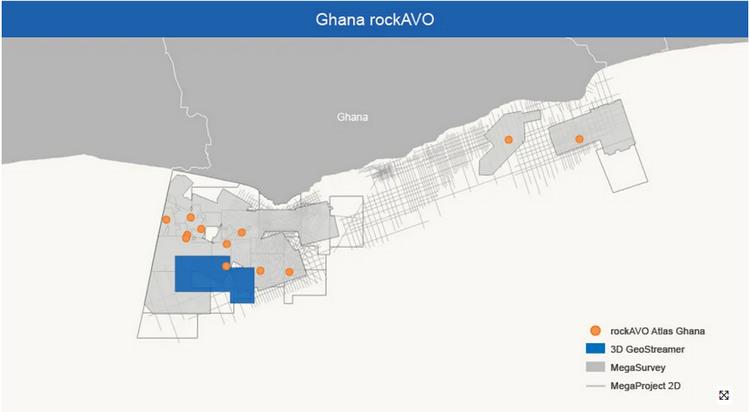
PGS, a leading provider of geophysical services, has announced its partnership with the Ghanaian Petroleum Commission to bring the latest technology in interactive rock physics to Ghana’s offshore. This new regional atlas provides an exceptional screening tool for explorationists. It features well-known discoveries in the area, and provides key insights for porting success to new areas.
The atlas features twelve wells in the most important Early and Late Cretaceous plays offshore Ghana and provides the most comprehensive database of wells in the area. Utilizing advanced techniques, a thorough and consistent petrophysical evaluation has been performed on each well, ensuring optimal description of the mineralogy, porosity, and fluid at both well and regional scales.
PGS has used rock physics models to describe the intrinsic relationships between rock properties and elastic logs. This has also been used to condition the elastic data, where required, and to build a regional rock physics model that serves as a basis for further studies. Any perturbation of lithology, porosity, and fluid generated by users is constrained within the limits of this regional model.
The built-in synthetic seismogram tool allows users to generate synthetic seismic data in real-time from in-situ and any perturbational scenario they can imagine. The built-in data comparator also allows for effortless comparison between synthetic and available seismic data, providing the opportunity to correlate the seismic response of potential prospects with known wells in the area.
PGS is dedicated to providing clients with the most advanced and reliable tools and datasets for risk reduction, and this new interactive rock physics atlas is a step forward for companies seeking to enter or expand their interest in Ghana. They can now fully integrate petrophysics, rock physics, and seismic data in a single platform for better assessment of the potential in the area.

Source: https://www.energy-pedia.com/
